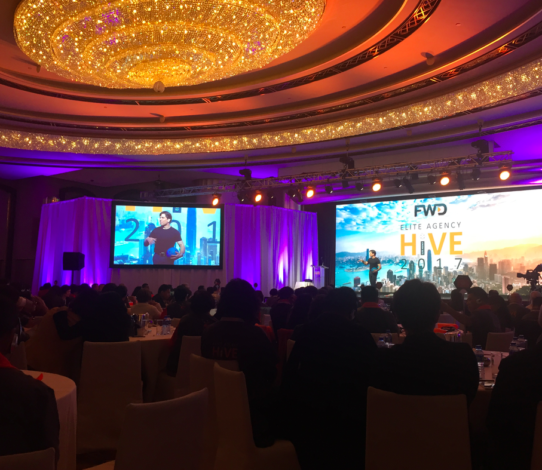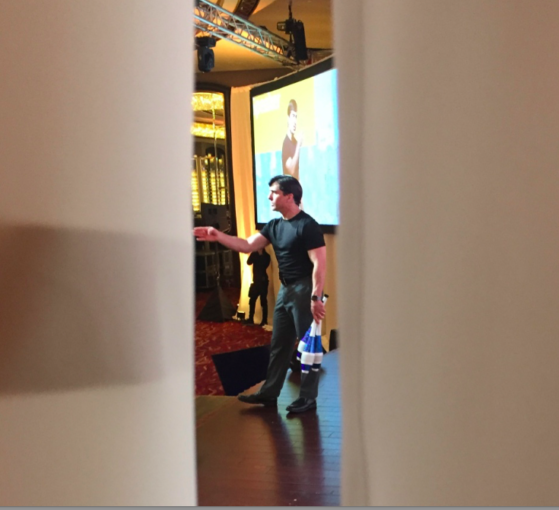
If you are a keynote speaker that (often) means you have a speech that you do over and over again: a master piece that you have perfected yet constantly improve by trying new things, tossing out old stuff that is not working any more and infusing new material.
A consistent story that changes.
Today I had a speaker-review with Rob Lilwall, an keynote speaker based in Hong Kong, and one of my favourite speakers because of his extremely high likability factor as a speaker – and as a person, Rob is just an all around great guy and speaker. (The combination of great speaker and great person is not always consistent…)
Rob had asked me to do a speaker-review on his speech and I had flown to Hong Kong to do just that.
A speaker-review means that one speaker invites another speaker to sit in the back of the room and write down ideas on how to make a speech better.
It’s a sign of a great speaker that he (or she) invites an other speaker to digest and improve the speech.
In this blog post I will not share all the things that we went through in the “post-speech-evaluation” but instead I will focus on one specific thing that I realised when listening to Rob speak: the need to personalise the beginning of a speech.
I call this “dedicating the speech to the audience”.
Imagine your speech as a book. (Many speakers (including me and Rob) give speeches based on our books.)
Every copy of a book is the same. That’s ok, the author has a message and it is multiplied in books so that many people get the message communicated to them. It’s the same with a speech: it is ok if a speech is more or less the same over and over again. As a speaker you have a message and you perfect it to a performance that you feel works very well.
But now think of an author who gives away a copy to a specific reader, what does the author do? Right, the author signs the book!
A few lines of personal message to this specific reader. Then the rest of the book is the same. It makes a huge difference to that reader.
Now transfer this observation to a speech.
In the context of a speech it means that you do a short, specific introduction to the specific audience that you are speaking to. A “audience dedication” so that the audience feels that “this speech is for me.”
It could be as easy as a short reference to the company’s products and how you use them. A mention of a few words in the brief that really connected with you. A mention of something that has happened earlier in the conference (to show you have been around to hear other speakers speak and share the experience of the day with the audience.)
Then you dive into your keynote speech.
The next time you go up to give your keynote speech, ask yourself: “How can I dedicate this speech to this specific audience?”
I can almost promise you will get the same warm, personal and grateful respons from the group as you would if you signed a book to someone.
(And that is the cool thing with doing speaker-reviews: you go there to help another speaker and end up also helping yourself become a better speaker. Win-win. Well worth flying to Hong Kong for. Picture from us sitting on a ferry while doing the speaker-review – great way to do it 😉




